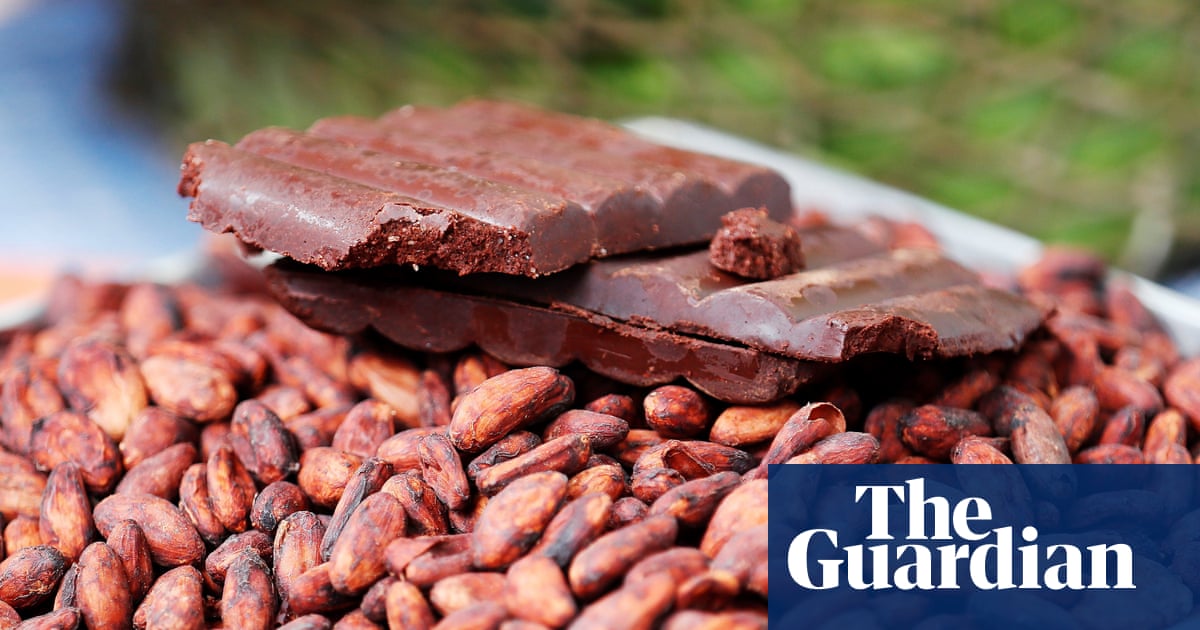
Chocolate lovers worldwide appreciate the variety of tastes this beloved treat can offer—whether it’s an aromatic bar with notes of caramel or a rich and smooth texture. But what if there was a ‘secret sauce’ behind the flavor nuances of fine chocolate? New research has unlocked how microbes involved in cocoa bean fermentation significantly influence flavor, paving the way for the creation of chocolates with exquisite and even unique tastes.
The Role of Microbes in Cocoa Bean Fermentation
A team of researchers, led by Prof. David Salt from the University of Nottingham, has uncovered how the bacteria and fungi critical to cocoa fermentation shape the flavor profile of chocolate. By studying fermentation processes across three different cocoa farms in Colombia—located in Santander, Huila, and Antioquia—they noticed striking differences in microbial activity and its effects on cocoa flavor.
While fermentation at Santander and Huila farms displayed similarities, producing beans with fruity, floral, and citrus notes, the beans from the Antioquia farm exhibited a distinct flavor profile. The latter had fewer fruity and floral flavors and resembled the taste of cocoa beans from regions like the Ivory Coast and Ghana, which are generally used in bulk chocolate production.
Genetic Sequencing: A Key to Flavor Control
To better understand these differences, the researchers conducted genetic sequencing, identifying the microbes involved in fermentation and the genes responsible for producing specific flavor compounds. From this, they isolated nine specific microbes that were key to creating the complex flavors typically associated with fine cocoa beans.
The researchers introduced this microbial community to sterile cocoa beans, allowing the fermentation process to take place under controlled conditions. The results were astounding: the beans produced a chocolate with pronounced fruity, floral, and citrus notes, reduced bitterness, and balanced cocoa flavor. This breakthrough has been nicknamed the industry’s new ‘secret sauce’ for premium chocolate.
Implications for Cocoa Farmers and the Chocolate Industry
These findings open up exciting opportunities for cocoa farmers and the wider chocolate industry. By fostering the presence of these key microbes during fermentation, farmers can ensure a more consistent production of high-quality beans. This not only improves the flavor profile of the chocolate but also helps farmers add value to their crops.
Moreover, the study indicates the potential for creating innovative flavors through microbial inoculums. Imagine chocolates with never-before-seen flavor notes—or fermentation processes tailored to particular flavor profiles to meet regional or personal preferences.
A Cost-Effective and Sustainable Future
This research could also address rising chocolate costs by making the production of flavorful cocoa more efficient. Stronger flavors mean that manufacturers can use less cocoa while maintaining or even enhancing the chocolate’s quality, presenting a cost-effective solution for both producers and consumers.
Discover Premium Chocolate for Yourself
Curious to experience how these findings impact real-world chocolate? Try Lindt Single-Origin Dark Chocolates, which highlight regional cocoa flavors, ensuring you savor every subtle fruity and floral note.
As science continues to intersect with tradition, the future of chocolate is brighter, more flavorful, and more sustainable than ever.




